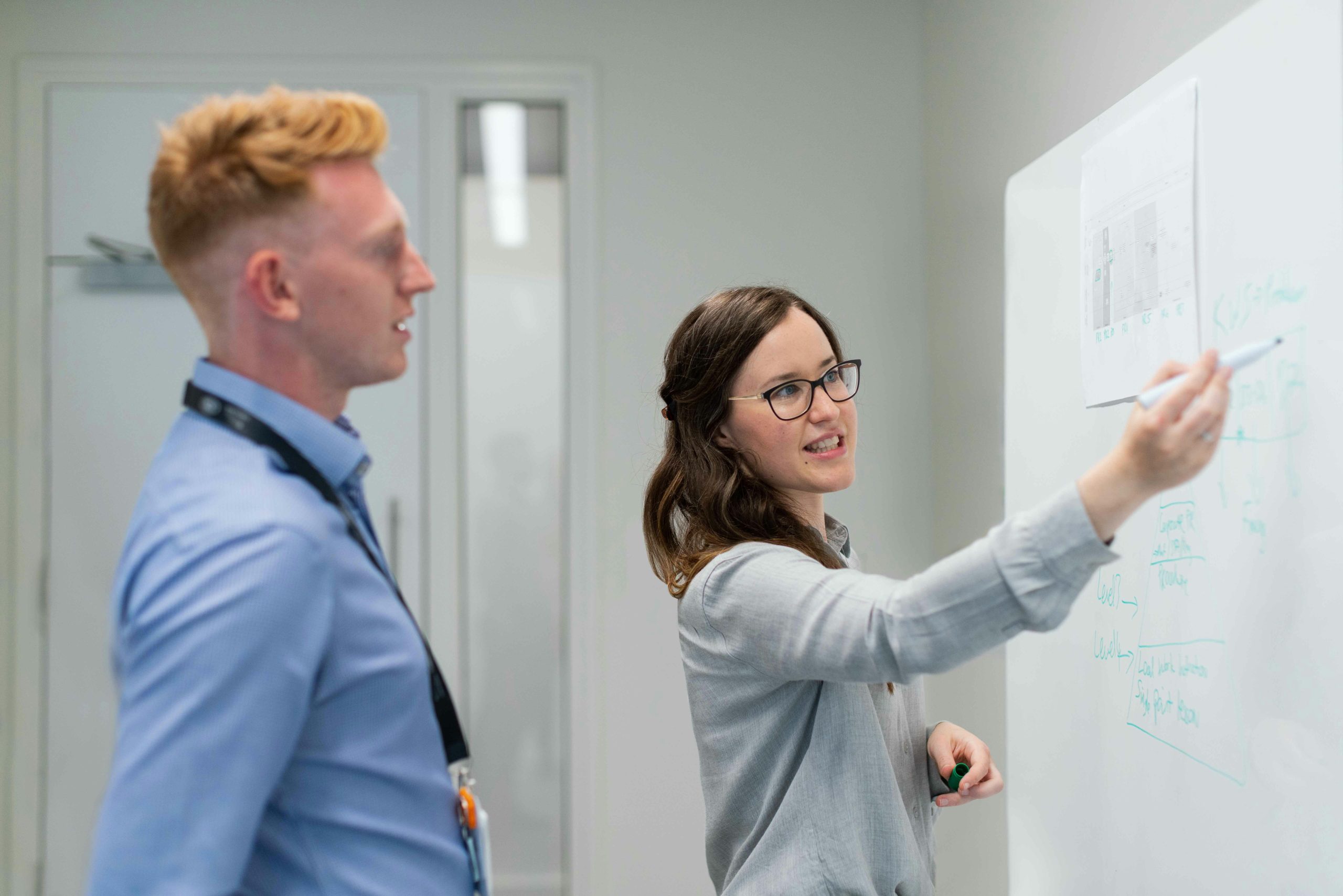
The challenges presented by the United Nations’ Sustainable Development Goals (SDGs) are vast, interconnected, and urgent. To tackle these complex issues, no single entity or individual can work in isolation. Collaboration—between universities, research institutions, governments, industries, and communities—has become the cornerstone of innovative solutions for a sustainable future. This is why the Engineering Education for a Sustainable Future (EESF) project places a strong emphasis on collaboration in transforming engineering education.
Engineering Education in the Context of Sustainability: A Collective Approach
Engineering education is not just about teaching technical skills; it is about preparing future engineers to navigate and solve the world’s most pressing challenges. However, to do so effectively, educators and students must be exposed to a variety of perspectives, ideas, and expertise. Collaboration is key to achieving this.
The EESF project brings together universities and research institutes from across Europe to create a collaborative framework that facilitates the development of innovative educational materials, research, and sustainability-focused curricula. This collaboration ensures that engineering education is aligned with the evolving needs of society, industry, and the planet. As the European Commission's Sustainability in Education report (2021) states, "Collaboration across sectors is crucial for ensuring that the skills of engineers are in tune with the needs of a rapidly changing world."
By sharing knowledge, resources, and research findings, the EESF project provides engineering educators with a rich foundation from which to create relevant, cutting-edge curricula that integrate the SDGs into their teaching practices. This collective effort ensures that engineering students receive a holistic, forward-thinking education that prepares them to meet the demands of sustainability in the real world.
Creating Synergies Between Academia and Industry
One of the primary ways in which collaboration drives sustainable engineering education is through the partnership between academia and industry. The needs of the labour market are constantly evolving, and industry partners play a crucial role in ensuring that engineering curricula reflect the latest technological developments, sustainability standards, and global challenges. This is especially true when it comes to the SDGs, where innovation, technology, and sustainability are essential to achieving success.
The EESF project recognises the importance of bridging the gap between academia and industry. By working with industry partners, the project ensures that engineering students are exposed to real-world sustainability challenges, from renewable energy and waste management to sustainable infrastructure and green technologies. Collaborative efforts with industry not only provide students with invaluable insights into the practical applications of engineering but also ensure that the skills they develop are directly applicable to the sustainable solutions that are in high demand.
As noted by the International Labour Organization (ILO), "engineering education should align with industry needs to ensure that students acquire the practical skills and competencies necessary for addressing global challenges." The EESF project’s collaboration with industry helps to ensure that students are prepared to enter the workforce with the technical knowledge, practical experience, and sustainability competences required to address the world’s most pressing issues.
Cross-Border Collaboration: Sharing Knowledge, Expanding Impact
Sustainability challenges are not confined to national borders. Issues such as climate change, resource depletion, and inequality are global problems that require global solutions. This is why cross-border collaboration is so vital to the success of the EESF project.
The EESF project facilitates cross-border collaboration between universities and research institutions across Europe, ensuring that knowledge and best practices are shared widely. This collaboration helps to standardise sustainability education in engineering, providing students across the continent with a high-quality, unified curriculum that is rooted in the SDGs.
Furthermore, this international collaboration fosters a diverse learning environment, where students can interact with peers and professors from different countries and cultures. This exposure to diverse perspectives not only enriches students’ learning experiences but also encourages the development of creative, innovative solutions to global sustainability challenges.
Building a Collaborative Community for Sustainable Engineering
At the heart of the EESF project is the creation of a collaborative community of engineering educators, researchers, students, and industry professionals. This community is committed to advancing sustainability in engineering education and fostering a shared vision for a sustainable future.
Through the development of the EESF Open Educational Resources (OERs), educators across Europe will have access to a rich library of sustainability-focused teaching materials that have been developed through cross-border collaboration. These resources will not only help educators teach sustainability competences but also facilitate knowledge exchange between institutions, promoting continuous improvement and innovation in engineering education.
As Dr. Tim Jackson, an advocate for sustainable economics, notes, "sustainability is not just about implementing new technologies—it's about creating new ways of working together." The EESF project embodies this philosophy by bringing together diverse stakeholders from academia, industry, and government to work towards a shared goal: embedding sustainability into engineering education and ensuring that the next generation of engineers is equipped to tackle the SDGs.
Collaboration in Action: The EESF European Online Conference
One of the key outputs of the EESF project is the European online conference, which will bring together educators, researchers, and industry leaders to share insights, research findings, and best practices in sustainable engineering education. This event will provide a platform for discussing the role of engineering in achieving the SDGs and exploring how collaborations between universities and industry can drive the development of innovative, sustainable solutions.
The conference will also serve as an opportunity for stakeholders to build lasting partnerships and continue working together beyond the duration of the project. As highlighted by the United Nations University, "collaboration is essential to fostering innovation and ensuring that engineering solutions are both sustainable and scalable on a global scale."
A Collaborative Future for Sustainable Engineering
The future of engineering education is collaborative, interconnected, and focused on sustainability. By bringing together diverse institutions, industry partners, and research centres, the EESF project is creating a collaborative ecosystem that empowers engineering students to become leaders in solving global sustainability challenges.
As Professor Klaus Schwab, founder of the World Economic Forum, aptly puts it, "The Fourth Industrial Revolution will be driven by collaboration, innovation, and a shared commitment to solving the world’s most pressing challenges." Through initiatives like the EESF project, we are creating a future where collaboration in engineering education will be the driving force behind a more sustainable, equitable, and prosperous world.
By working together, we can ensure that engineering education not only prepares students for the technical challenges of the future but also empowers them to make a lasting, positive impact on society and the environment.



